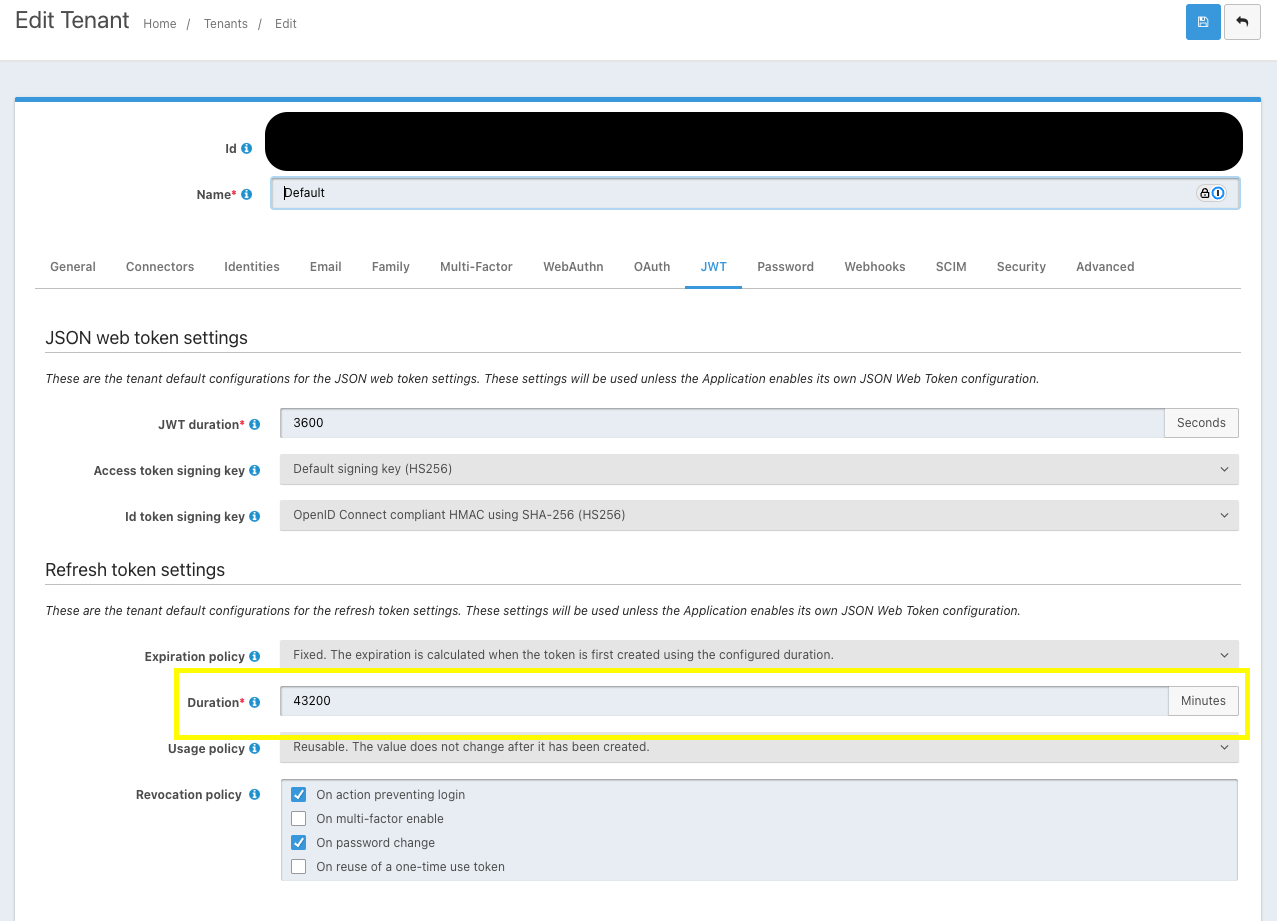@oliver-muthusami hmmm. I did some poking around Microsoft's documentation and found this.
The inclusion of the refresh token in the response can depend on several factors, including the specific configuration of your application and the scopes requested during the authorization process. If you expect to receive a refresh token in the response but fail to, consider the following factors:
Scope requirements: Ensure that you're requesting the offline_access scopes along with any other necessary scopes.
Authorization grant type: The refresh token is provided when using the authorization code grant type. If your flow differs, the response can be affected.
Client configuration: Check your application's settings in the identity platform. Certain configurations may restrict the issuance of refresh_tokens.
Are you sure you have Entra configured correctly?
